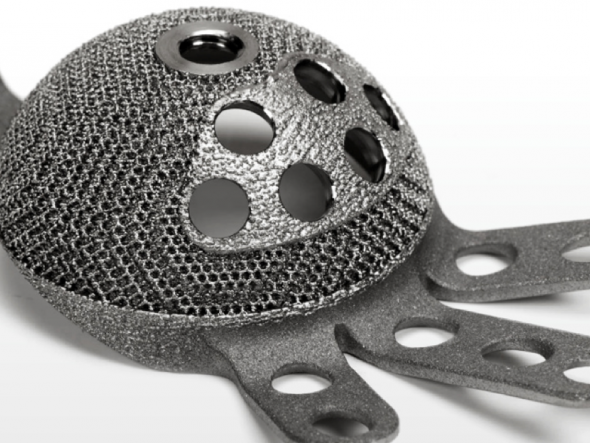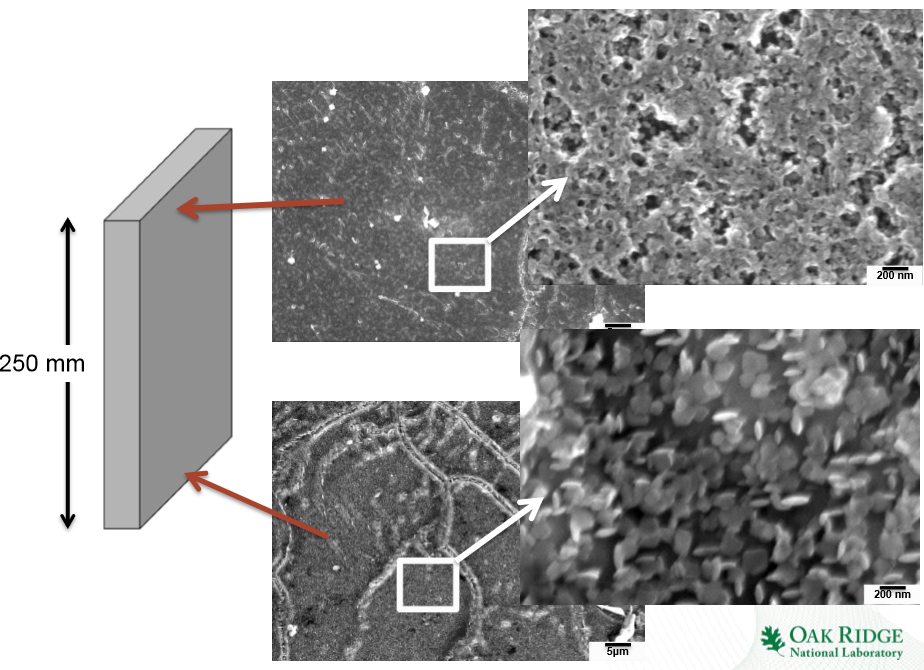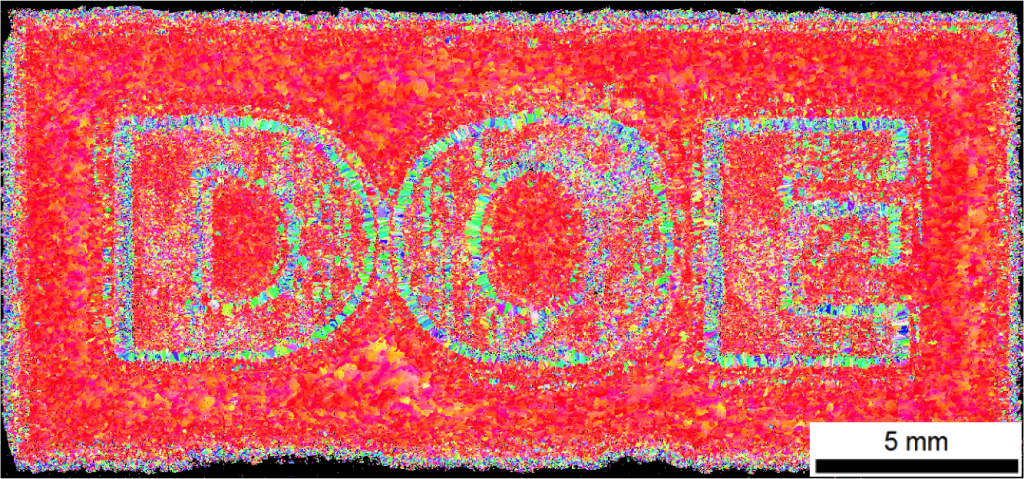ORNL’s EBM Discovery ‘Potentially the Most Important Development in Metal Additive Manufacturing’ to Date
 Every day, hundreds of end-use metal parts are being produced around the globe by means of additive manufacturing technologies. Materials which are lighter, cheaper, and more capable of standing up to a host of environmental changes such as air temperature and pressure are being created using new additive technologies such as Electron Beam Melting (EBM). The future is certainly bright when it comes to the various applications within the medical, aerospace, and energy production fields, where these technologies are enabling new innovative products and designs. In fact, it may have just gotten a bit brighter thanks to a discovery made by the Department of Energy’s Oak Ridge National Laboratory (ORNL) using an Arcam EBM system.
Every day, hundreds of end-use metal parts are being produced around the globe by means of additive manufacturing technologies. Materials which are lighter, cheaper, and more capable of standing up to a host of environmental changes such as air temperature and pressure are being created using new additive technologies such as Electron Beam Melting (EBM). The future is certainly bright when it comes to the various applications within the medical, aerospace, and energy production fields, where these technologies are enabling new innovative products and designs. In fact, it may have just gotten a bit brighter thanks to a discovery made by the Department of Energy’s Oak Ridge National Laboratory (ORNL) using an Arcam EBM system.
Researchers at the ORNL, led by staff scientist and metal additive manufacturing lead, Ryan Dehoff, as well as ORNL’s Hassina Bilheux, and Mike Kirka, University of California Berkeley’s Anton Tremsin, and Texas A&M University’s William Sames, have been able to do something quite remarkable with an EBM system provided by Arcam.
For those unfamiliar with EBM technology, it works in a similar way as selective laser sintering, in that a powerful electron beam precisely melts a metal powder, layer-by-layer until an object is completely fabricated. Via Arcam’s finely tuned system, the researchers were able to fabricate metal parts with key micro-scale material properties which would never have been made possible with traditional manufacturing methods. Besides the actual printing methodology, the control of temperature, both during the print process and the cooling process, can play a vital role in the material properties of the finished product.
“We can now control local material properties, which will change the future of how we engineer metallic components,” Dehoff said. “This new manufacturing method takes us from reactive design to proactive design. It will help us make parts that are stronger, lighter and function better for more energy-efficient transportation and energy production applications such as cars and wind turbines.”
Printing out objects with a nickle-based alloy allowed the team to control various elements of the print to successfully modify the solidification texture of the metal parts. In what researchers describe as ‘Potentially the most important development in metal AM since conception’, by controlling the process and melt patterns of 3D printing at the micro-scale, they were able to dictate the grain orientation of the metal.
“We’re using well established metallurgical phenomena, but we’ve never been able to control the processes well enough to take advantage of them at this scale and at this level of detail,” said Suresh Babu, the University of Tennessee-ORNL Governor’s Chair for Advanced Manufacturing. “As a result of our work, designers can now specify location specific crystal structure orientations in a part.”
As this research continues, and the properties of various metals are able to be manipulated and controlled at levels unimaginable only until recently, the number of applications across numerous industries will continue to expand. The future may soon be just a little bit spooky. Let’s hear your thoughts on this research in the ORNL Metal Printing forum thread on 3DPB.com
Subscribe to Our Email Newsletter
Stay up-to-date on all the latest news from the 3D printing industry and receive information and offers from third party vendors.
You May Also Like
3D Printing Unpeeled: New Arkema Material for HP, Saddle and Macro MEMS
A new Arkema material for MJF is said to reduce costs per part by up to 25% and have an 85% reusability ratio. HP 3D HR PA 12 S has been...
3D Printing News Briefs, January 20, 2024: FDM, LPBF, Underwater 3D Printer, Racing, & More
We’re starting off with a process certification in today’s 3D Printing News Briefs, and then moving on to research about solute trapping, laser powder bed fusion, and then moving on...
3D Printing Webinar and Event Roundup: December 3, 2023
We’ve got plenty of events and webinars coming up for you this week! Quickparts is having a Manufacturing Roadshow, America Makes is holding a Member Town Hall, Stratafest makes two...
Intuitive Machines Debuts $40M Hub for Lunar Ambitions and 3D Printing Tech
Best known for its pioneering work in lunar exploration and its development of the Nova-C lunar lander, Intuitive Machines (Nasdaq: LUNR) has marked yet another significant milestone. The leading space...



































